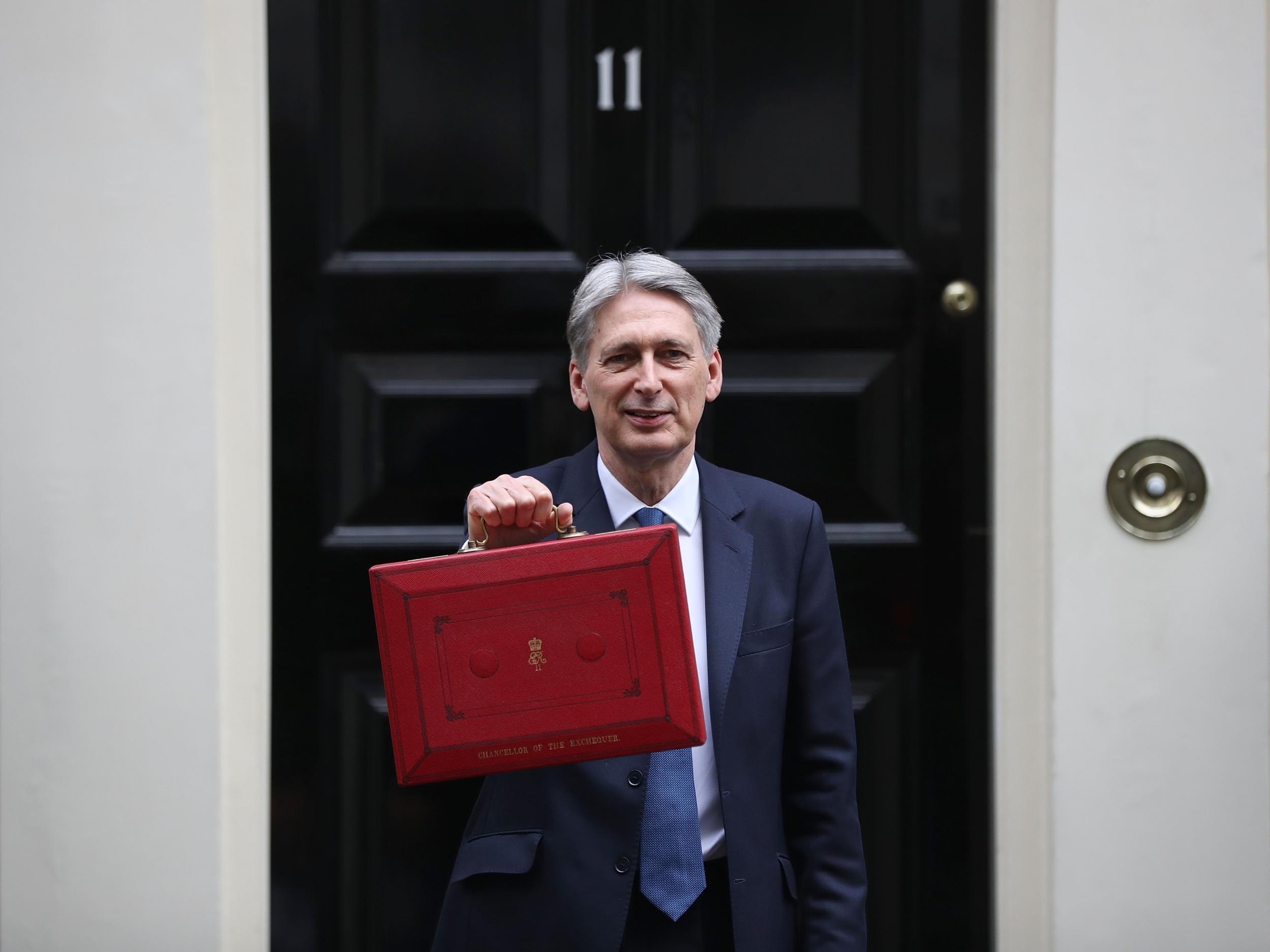Budget 2017 preparations: What it might mean for your personal finances
With Philip Hammond having so little room for manoeuvre in Wednesday’s Budget, should you be concerned about the impact on your finances?

It’s generally a fool’s game trying to make definitive forecasts about the specific measures in any Budget statement. However, that doesn’t mean you shouldn’t be thinking about how your personal finances will be affected. You need to be ready to respond to the Chancellor’s announcements, particularly since many of the changes he announces will leave you a window in which to take action, between Budget day and the start of the next tax year in April when they come into effect.
For example, Britain’s growing army of self-employed workers – who now number 5 million – should pay close attention. In March’s Budget (the last ever Spring Budget), Mr Hammond attempted to raise national insurance contributions for the self-employed, only to be forced into a U-turn amid a political furore.
Despite the change of heart, the Chancellor’s intent was clear: he is determined to move closer to equal tax treatment of self-employed and employed workers and may seek to do so in this Budget. In which case, self-employed workers will need to review their tax status; for example, while previous Chancellors reduced the attractions of incorporation – setting up as a company, rather than working as a sole trader – the relative merits of this route could become more attractive.
Similarly, like several of his predecessors, Mr Hammond is known to be tempted by the £35bn currently set aside for tax reliefs on private pensions. Currently, savers can claim tax relief on contributions to such plans at their highest rate of income tax – so the system offers greater rewards to higher earners – but restricting relief to the 20 per cent basic rate of income tax would save £15bn a year.
Mr Hammond could even set a flat rate of relief at, say, 25 per cent, which would still net the Treasury significant savings and could be presented as an additional tax break for those with more modest earnings.
The alternative, if the Chancellor prefers a more below-the-radar raid on pensions, is to make further changes to rules on pension contribution allowances – either reducing the caps, or extending the current regime for the highest earners which restricts the amount they may save in a private pension to a much lower level.
If the Chancellor does make these sort of choices, anyone on higher- or additional-rate income tax needs to use their pension contribution allowance while they are still entitled to 40 per cent or 45 per cent tax relief accordingly. In any one tax year, you can make contributions to a private pension of up to £40,000 (or to the value of your earnings, if this is lower), so there is plenty of scope for maximising relief before the end of the tax year.
You can also carry forward unused contribution allowances from the last three tax years; in theory, that could mean an additional £120,000 of contributions this year, which would net a 40 per cent taxpayer £48,000 of tax relief.
Elsewhere in the savings sector, the Chancellor is unlikely to fiddle with the rules on individual savings accounts (ISA), which should leave the maximum annual investment in these tax-free shelters at around £20,000. But other types of savings scheme with tax incentive are thought to be at risk.
In particular, venture capital trusts (VCTs) and the enterprise investment scheme (EIS), two quite similar allowances that offer very generous tax breaks to persuade investors to put their money into the smallest companies, were criticised in a Government review of support for growing businesses earlier this year.
If you hold investments outside of tax shelters, meanwhile, look out for a rise in dividend tax. Mr Hammond has form in this area – in his last Budget, he reduced the amount of tax-free dividends people can earn each year from £5,000 to £2,000 (this measure takes effect in April). Now he could follow that up with increases dividend tax rates, currently 7.5 per cent for basic-rate taxpayers, 32.5 per cent for higher-rate taxpayers and 38.1 per cent for additional-rate taxpayers. This would hit investors with shares held outside ISAs and pensions, as well as self-employed workers with companies who pay themselves dividends.
On the other side of your finances, Mr Hammond is widely tipped to announce measures that might dent higher political support for Labour amongst younger voters. One hot contender is a reduction in stamp duty for first-time homebuyers, which might help young people struggling to get on the housing ladder because they can’t afford the upfront costs of purchasing a home.
Lower stamp duty would help, though the biggest problem for most people is getting a deposit together. The Chancellor is also thought to be considering lowering national insurance contributions for younger taxpayers. These aren’t changes you can plan for, but they could make a material difference to your household budget.
Subscribe to Independent Premium to bookmark this article
Want to bookmark your favourite articles and stories to read or reference later? Start your Independent Premium subscription today.

Join our commenting forum
Join thought-provoking conversations, follow other Independent readers and see their replies